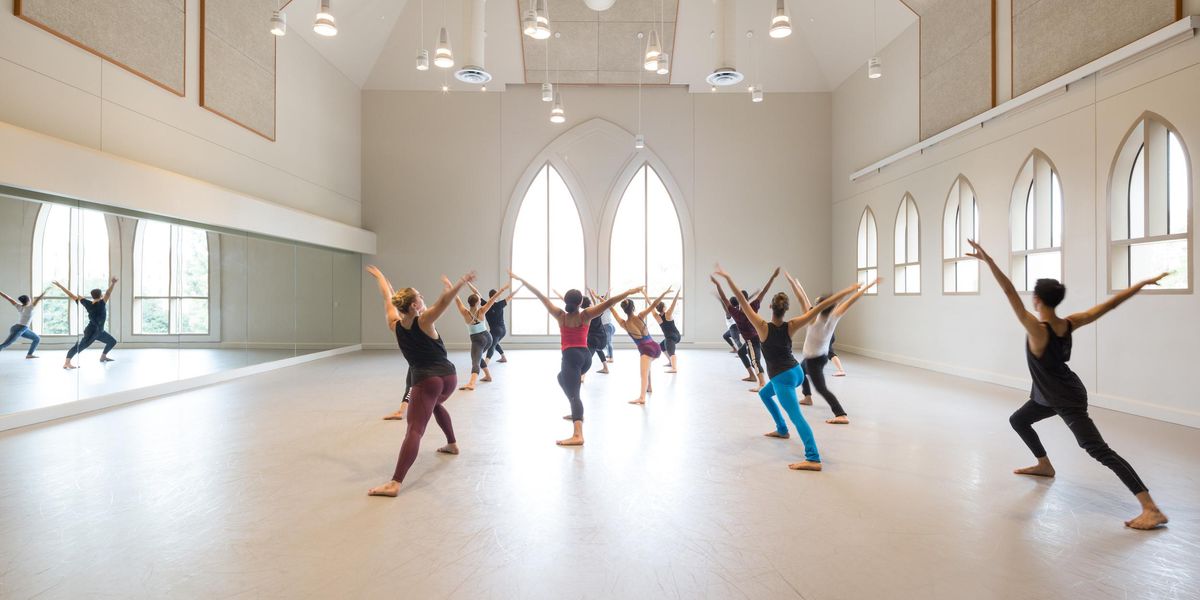Dance Matters: A Haven for Dancemakers
Molly Lynch is on a mission: providing emerging and mid-career contemporary ballet choreographers with a three-week laboratory that fosters new works. Founded in 2004, the National Choreographers Initiative celebrates 10 years this month.
At left: Geoffrey Kropp and Melissa Nolen in
Melissa Barak’s Yueh Fei, developed at NCI in 2007. Photo by Dave Friedman, Courtesy NCI.
“While the focus remains on process and not necessarily a finished work,” says Lynch, a choreographer and associate professor of dance at University of California–Irvine, “the great by-product is that 22 pieces that started with NCI have gone on to premiere at other companies around the U.S.”
Indeed, 37 choreographers have participated to date, including this year’s group—David Fernandez, Susan McCullough, Kitty McNamee, and Petr Zahradnicek—whose works will be performed by a 16-member pop-up troupe on July 27.
NCI, solely by word of mouth, has grown into a mini-brand. In 10 years, annual choreographer submissions have spiked from 20 to 55; dancer submissions (from the likes of Richmond Ballet, Ballet Austin, and Kansas City Ballet) doubled to 80. These artists are drawn to NCI by its intimate feel. “When choreographers create new works, they’re usually alone,” says Lynch. “Here they watch each others’ rehearsals, discuss process, and go to dinner together. Because there’s no competition and they’re not required to finish a piece, they have freedom to be more open. There’s a real weaving between dancers and choreographers.”
Former New York City Ballet and Los Angeles Ballet dancer Melissa Barak, who has choreographed works for both companies, participated in NCI in 2007 and 2012. Currently launching her own company, The Barak Ballet, she sings Lynch’s praises. “Molly creates a perfect environment for choreographers to work on a piece they’ve longed to create or try something new. It’s a chance to grow—and that’s huge,” she says.
Pondering the next decade, Lynch says she wants to work with even more choreographers. “It’s a nice mix of new energy and people that know the routine. And it’s a way of supporting the dance community at large.”




